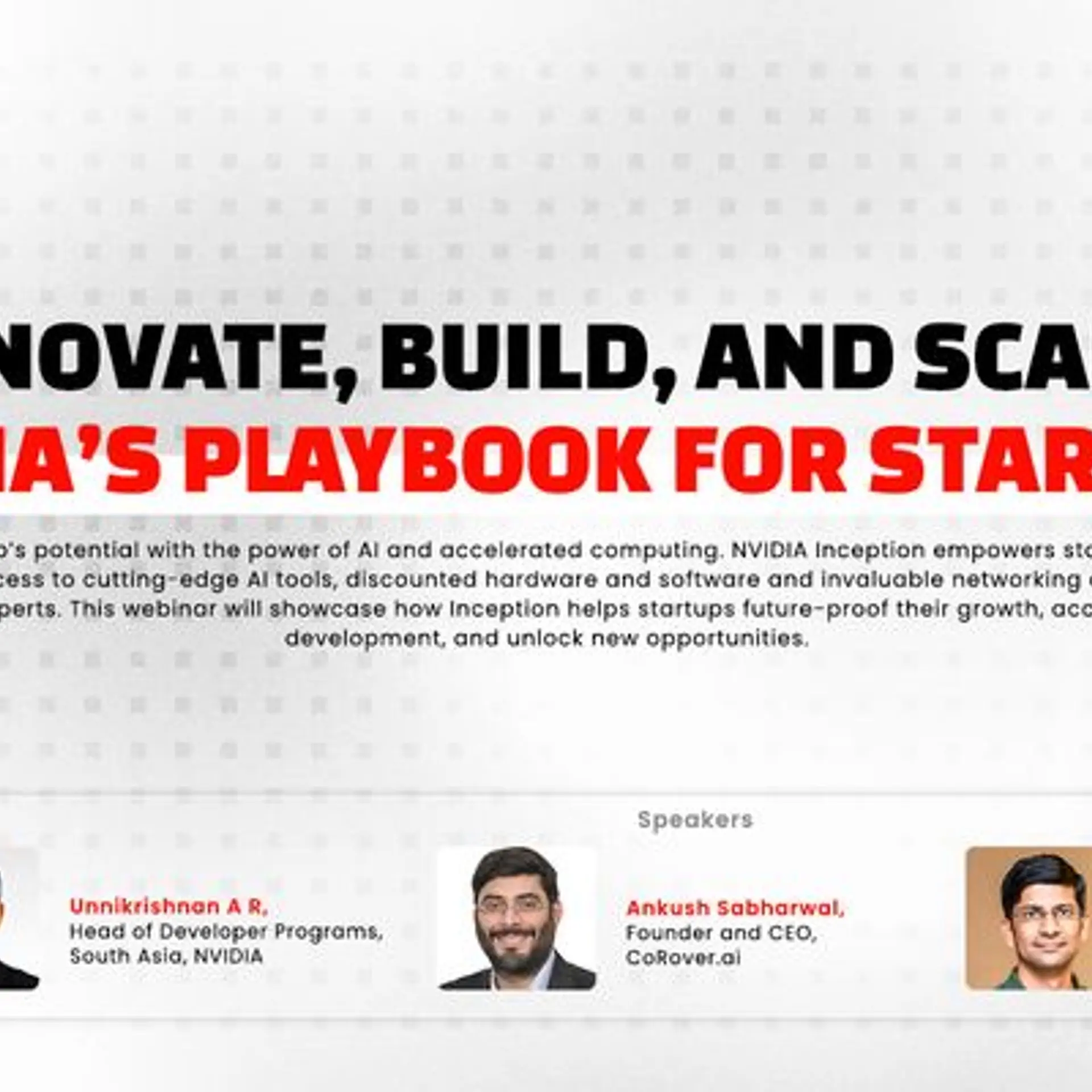[Guest Post]: Health Microinsurance Models
Editor’s Note: Aparna Dalal works with the Financial Access Initiative, a research consortium between New York University, Harvard, Yale, and Innovations for Poverty Action. FAI is focused on finding answers to how financial services can better meet the needs of poor households. FAI aims to provide rigorous research on the impacts of financial access and on innovative ways to improve access.
In India, it is claimed that 35 million households fall below the poverty line every year because of a health shock – consequently, health (micro)insurance is considered the most important protection mechanism for low income households that are particularly susceptible to health shocks because of their low saving buffer and poor living conditions. Unfortunately, health insurance is also considered the most complex type of insurance to administer because traditional economic problems of moral hazard and adverse selection are compounded by the need for a quality, reliable health service provider. The dominant health microinsurance delivery approach in India (partly due to regulation) is the partner-agent model. The idea is for mainstream insurance companies (like ICICI Lombard) to partner with microfinance institutions (MFIs) and NGOs. The insurance companies design the products and bear the actuarial risks while the NGOs and MFIs act as the delivery channel and earn a commission for their effort.
An alternate approach is community-based insurance. On a recent trip to India, I met two institutions implementing distinct community-based insurance models. Micro Insurance Academy (MIA), a Delhi-based institution, has developed a tool called CHAT (Choosing Healthplans Together) which allows communities to design their own insurance packages by involving them during the product design phase. Through CHAT community members can understand the trade-offs between covering illnesses within the plan and the associated costs. Uplift , a Pune-based association of organizations, involves the community differently. In their model, the insurance product is pre-determined and standardized across communities. Community involvement occurs at the claims settlement stage where community representatives (and not the insurance company) decide on the payout for each claim during a monthly meeting. Both models present interesting (and, thus far, unanswered) questions around transaction costs, client satisfaction, and scalability. But for a sector like health microinsurance, where the need and demand is substantial, diverse approaches should always be welcome.






